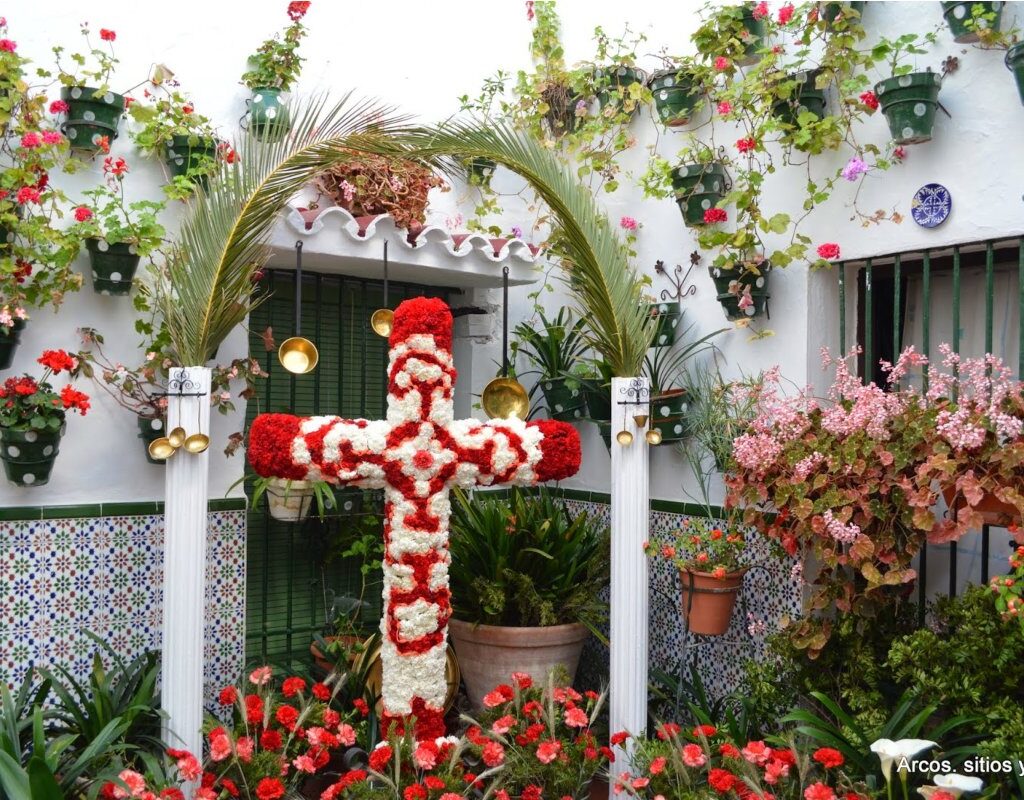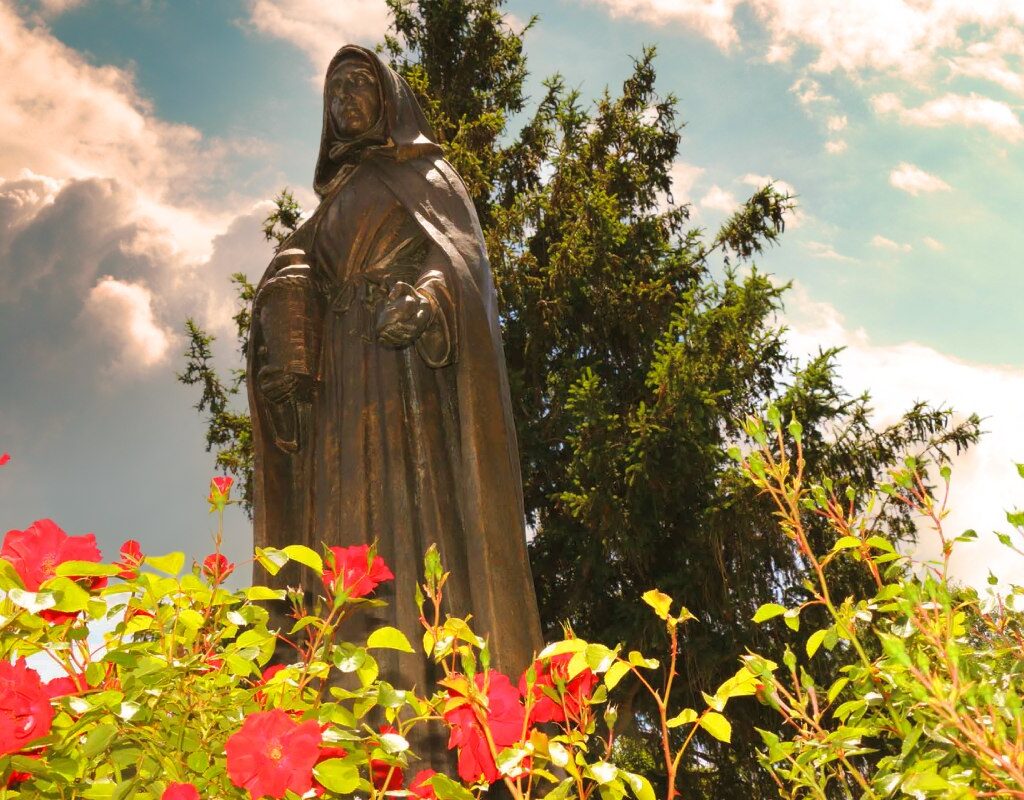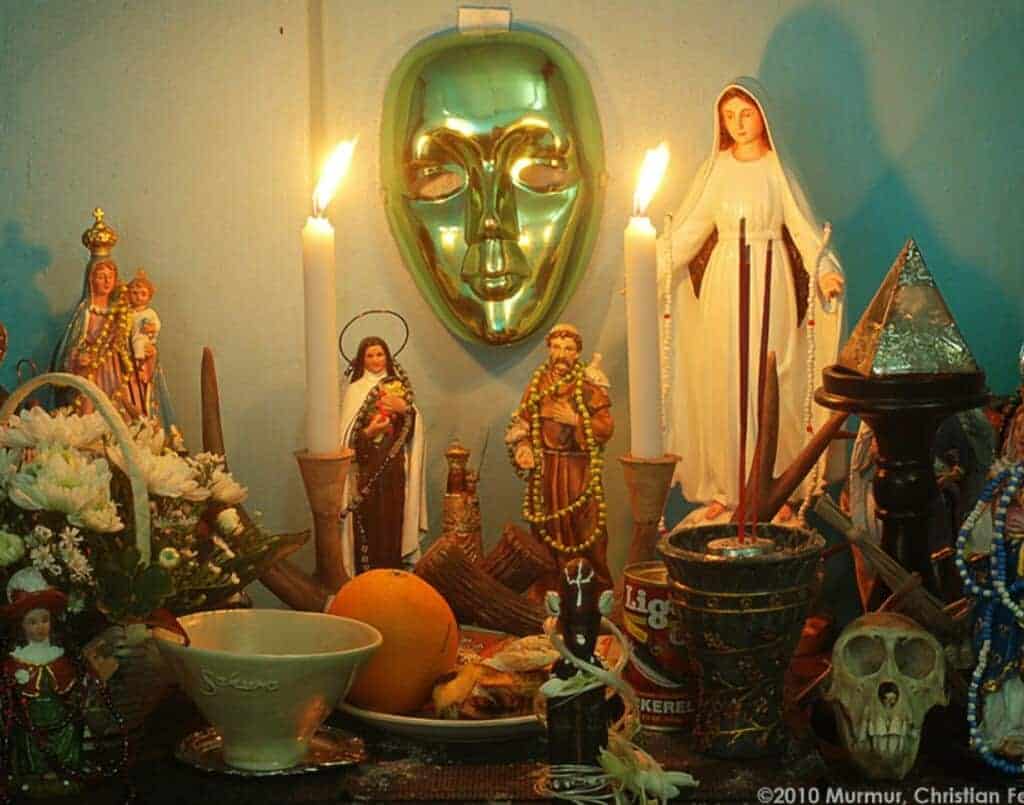The May Cross Day celebrations kick off in the first week of May, driven by the devotion of promise-makers and the general public. May is the month of flowers and it is distinguished by the famous May Cross celebration every May 3rd.
May Cross Rituals: Origin, Meaning and Traditions
For over sixteen hundred years, the cross has stood as one of the most significant symbols of Christianity worldwide.
These festivities related to the Cross are connected to the celebrations of the summer solstice, originating from ancient rural and agricultural European festivals. During these events, rituals were performed to enhance the fertility of the land, ensure the timely arrival of rains and the abundance of crops.
Brotherhoods: Pillars of the May Cross Celebration
In many regions, religious organizations known as Brotherhoods play a crucial role. They gather the necessary funds to ensure that the ceremonies honoring the Cross are carried out with the care and respect they deserve.
The Altar: Heart of the May Cross Celebration
At the heart of the celebration, the Cross serves as the focal point. It is placed on a table, which is covered with tablecloths or sheets, adding solemnity to the atmosphere. Directly behind the Cross, a canvas is set up, creating a backdrop worthy of admiration. This is framed by an arch, beautifully decorated with palm leaves, various flowers and brightly colored paper, adding a festive and reverent touch to the scene.
May, a Month Dedicated to the Cross: A Deep Tradition
Throughout May, the community engages in the profound tradition of the Cross Vigils. These events, typically held on Fridays and Saturdays, are open to everyone. Organizers, fulfilling their promises, invite poets, musicians and neighbors to join in the celebration.
Food and drinks are essential at these gatherings, as attendees offer these as part of their promises. Moments of poetry and music are interspersed with the praying of the rosary, conducted in an atmosphere of contemplation and devotion.
The tradition culminates on May 31st with the last Cross Vigil, held at midnight, closing a month of tributes to the Cross and renewing the community’s faith in this revered tradition.
Décimas and Glosses: Hispanic Tradition in Honor of the Cross
The Cross is honored through the recitation of décimas and glosses, literary forms rooted in the Hispanic tradition. The décima, consisting of ten verses following a traditional rhythmic scheme, is used to greet the Cross and to thank the organizers and attendees.
The verses highlight the Cross as a symbol of protection for both the faithful and the cultivated fields. Participants listen respectfully to the declamations and await their turn to contribute as versifiers. It is common for verses to make requests for the rains to arrive on time and benefit the crops.
At the vigils, prominent décima singers engage in improvisational challenges on various topics, which earn the admiration of attendees for their poetic skill and devotion to tradition.
Songs to the Cross: Living Cultural Heritage of Venezuela
The recitations are intertwined with fulía songs, characteristic of the central region of Venezuela, notable both for their melody and the instruments used.
In the central region, the fulía is primarily performed with drums, maracas and other percussion instruments. Meanwhile, in the east, string instruments such as the cuatro, bandolín, oriental bandola and guitar, accompanied by drums and maracas, are preferred.
In some areas of the east, the marímbola or bass, an instrument of African origin, is added. Besides fulías, other musical genres are sung in honor of the Cross in this region, such as galerones, malagueñas, polos, jotas and puntos.
In the plains, funeral tones predominate, accompanied by the cuatro and the llanera bandola. It is typical to start with the melody “Aguacerito de Dios.”
In Lara and Falcón, string instruments dominate the vigils of the May Cross, with a polyphonic song that reflects Hispanic influences. The celebrations of the Cross are part of the living cultural heritage of Venezuela, representing a rich cultural legacy passed down from generation to generation.
Create Your Own May Cross
Step-by-Step Tutorial
We invite you to craft your own unique and creative cross for the celebration of the Exaltation of the Holy Cross. In this tutorial, we’ll show you how to use innovative materials and guide you step-by-step in creating your personalized cross. Here are simple instructions to make a May Cross:
Materials Needed:
- A long wooden stick (about 1 meter).
- A shorter wooden stick (about 60 cm).
- Nails or screws to join the sticks.
- Hammer or screwdriver.
- White, red, or purple fabric.
- Natural or artificial flowers.
- Ribbon, rope, or wire for decorating.
- Optional embellishments such as colorful ribbons, crepe paper, religious images, or saint figures.
Instructions:
Prepare the cross structure
- Take the long wooden stick and the shorter one. The long stick will be the vertical part of the cross and the short one, the horizontal part.
- Position the short stick about a third from the top of the long stick to form a cross.
Join the sticks
- Use nails or screws to fix the horizontal stick to the vertical one. Ensure it is securely attached so that the structure is stable.
Decorate the cross
- Wrap the sticks with white, red, or purple fabric, starting from the center to the ends of each stick. The fabric symbolizes purity and devotion.
- Secure the fabric with ribbon, rope, or wire.
Adorn with flowers
- Decorate the cross with natural or artificial flowers. You can place them around the point where the sticks meet or distribute them along the entire structure.
- Use wire or rope to attach the flowers to the cross.
Add additional embellishments
- You can add other elements such as colorful ribbons, crepe paper, or religious images. These decorations can be hung from the cross or attached to the fabric.
- Choose an appropriate place to display the cross. It can be in an indoor or outdoor space, preferably where it can be seen and respected by visitors.
- If possible, create a small altar at the base of the cross with candles, a tablecloth and other devotion items.
Placement of the cross
Choose an appropriate place to display the cross. It can be in an indoor or outdoor space, preferably where it can be seen and respected by visitors.
If possible, create a small altar at the base of the cross with candles, a tablecloth and other devotion items.
Additional Tips
- If the cross is to be placed outdoors, consider treating the wood with a protector to withstand weather conditions.
- Invite family and friends to participate in decorating the cross, which can become a beautiful community or family tradition.
By following these steps, you can create a beautiful and meaningful May Cross to celebrate this tradition with respect and devotion.
As May concludes, the May Cross not only symbolizes the end of a month filled with devotion but also the continuation of a rich and deep cultural heritage. This article has explored the pillars that sustain this tradition, inviting reflection and annual celebration.




